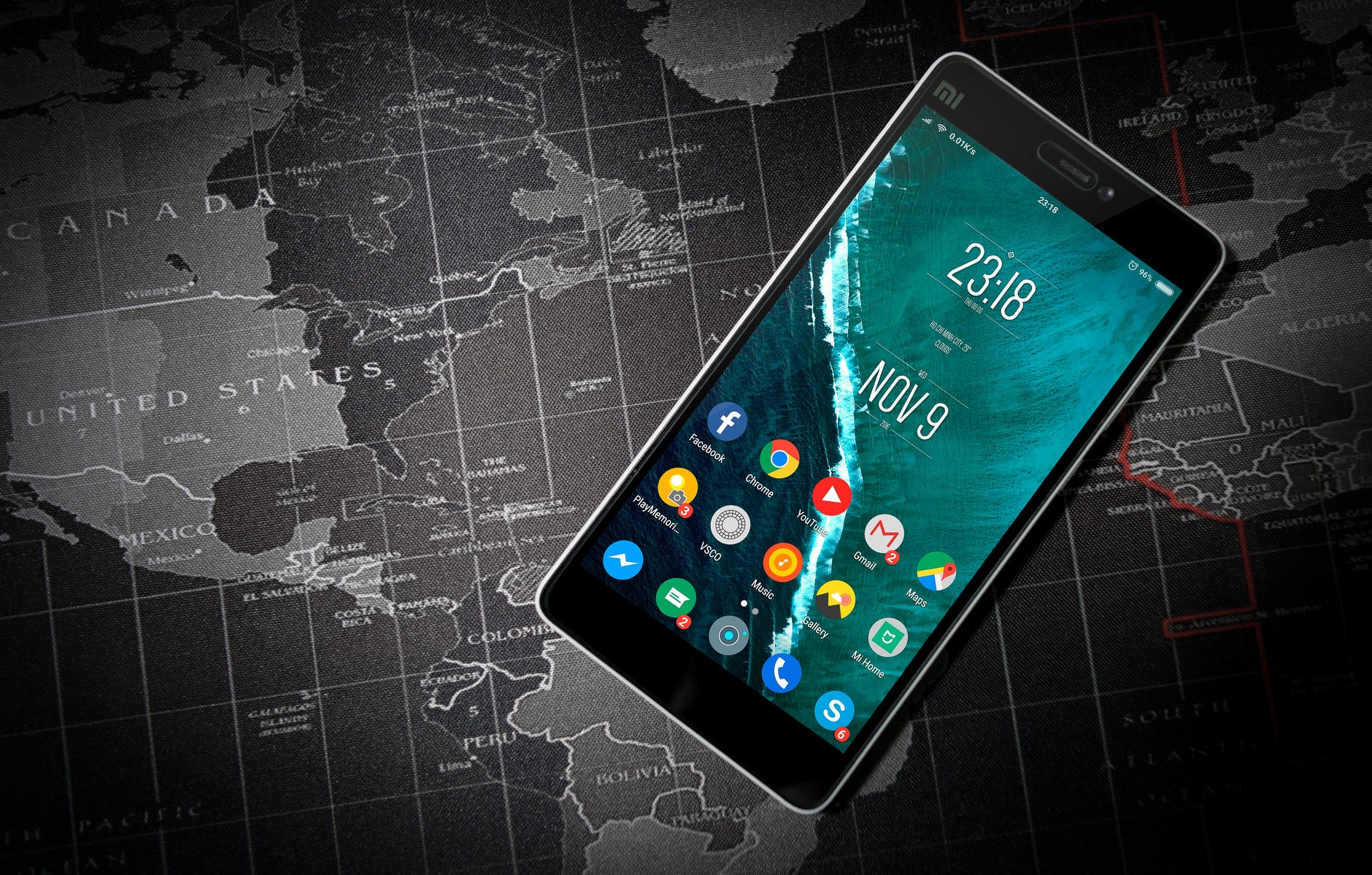
In this day and age, when we all use our computers for so many things, for both work and personal reasons, we have many cybersecurity threats to watch out for. In particular, a big one is an issue for individuals, businesses, and organizations alike, called ransomware.
This specialized hacker attack has become one of the top ways cybercriminals conduct business and try to make money. It’s vital, then, to understand what it is and how you can protect your data in 2020.
Understanding Ransomware
The name ransomware describes a particular type of hack that cybercriminals use to extort money from victims or cause other issues. Hackers break into people’s or organizations’ systems and then lock owners out from accessing their own materials. Alternatively, they threaten to delete or release information, unless victims pay a ransom.
These situations not only cause a lot of stress and lost time for people, but monetary losses, too, if they pay the ransom. Unfortunately, the reality is that hackers often don’t do as they promise even if they do receive their requested money. They may not bother to give owners access back into their computers or networks, or they delete or release information anyway.
Ransomware gets onto a victim’s system in various ways. For example, cybercriminals may insert this nasty code when they get people to click on dodgy links or open virus-laden emails. Other times, hackers use methods to break into computers or networks and plant ransomware from there. Once this malware has been inserted, hackers can take over systems and lock owners out.
Also Read: What Is BGP Hijacking?
Tips to Protect Your Devices
Thankfully, though, there are numerous steps you can take to protect yourself from getting stung by a ransomware attack. Start by installing comprehensive security software on your computers. Choose a product that protects against a variety of threats, and keeps your privacy safe when you’re browsing and buying online.
Also, look for an option that comes with an in-built ransomware removal tool, so that if a hacker does ever try to implant this malware on your device(s), the software will pick it up and work to remove the threat. Make sure you utilize the firewall likely pre-installed on your computer, too. You may need to activate this protection if it’s not already switched on, but this firewall is helpful as it acts as another layer of defense against cybercriminals who try to break in via your internet connection.
Updating systems is a necessary step to stay safer, too. Whenever new versions of software programs, or firmware, become available, install these updates ASAP. Run the latest editions of things like security software, operating systems, browsers, plug-ins, apps, games, and more. It pays to set up updates to automatically install so you don’t have to worry about doing this job manually.
Also Read: What Is PhantomLance? A Comprehensive Explanation
When you’re using your computer(s), be careful about which emails and attachments you open. Never open items that come from people or companies you don’t know, and be cautious about even those communications that seem to come from regular contacts. These days, hackers often create emails designed to look like they’re sent from real, well-known firms, such as banks and telecommunications businesses.
If you get messages asking you to reply with personal details or to click on a link to update your account login, etc., be on alert. Most companies never ask customers to do these things. Instead, only ever type in web addresses and login from there, so you know you’re on the correct sites.
If you’re unsure about messages, contact businesses directly rather than responding to potentially harmful emails. Similarly, be careful when clicking on links when you’re browsing online, particularly sensational headlines on social media sites. These are often generated purely to expose unknowing consumers to malware infections.
Must Read : Why is Cloud Security Important?
Another tip is to password-protect all your systems properly. Use hard-to-crack codes on your gadgets, all the accounts you log into online, your modem, and various smart-home devices. Quality passwords are those that are eight or more characters in length, and not made up of words or numbers that hackers could guess from details you post online, such as on your social media accounts.
Choose codes that contain a mixture of numbers, upper- and lower-case letters, and symbols. Furthermore, be wary of using unsecured public Wi-Fi to login to accounts or do other tasks that could leave you more vulnerable to a cybercriminal attack. You never know who owns such public networks or who is hacking them.
Ransomware is a real and dangerous threat to individuals and businesses alike, and something everyone needs to know about. You’ll reduce the likelihood that you have issues with this malware, though, by following the steps above and staying on alert.

Leave a Reply